A Short History of Manga
With a long history deeply rooted in the rich Japanese art, manga are one of the most fascinating phenomena in Japan and the whole world. Part of the “otaku” (“nerd”) culture, these comics have been a major player in the country’s publishing industry, creating a robust market, reaching millions of readers of all ages and influencing a number of works of comic book art in a variety of other nations.
From history and teenage romance to futuristic science fiction and profound themes of life, manga became an important, almost inevitable aspect of Japan’s identity and they helped spread knowledge and understanding of it across the planet.
Focusing on creating a unique aesthetic and alluring narratives, they often evolve into anime and even cosplay, remaining constantly popular within their ever-growing community and collectors.
What is manga and what makes it still so beloved and trendy?

What is Manga? A Brief History
Although modern manga came to be amid an expansion of artistic creativity during the US occupation of Japan between 1945 and 1952, their origins can be traced centuries back. What many believed were the very first manga in Japan appeared in the 12th and 13th century, in a series of drawings like frogs and rabbits titled Choju-giga (Scrolls of Frolicking Animals) produced by several artists. In fact, their technique of drawing a characters’ legs to simulate running was adopted by many manga-ka (manga makers and comic book artists) working today[1]. During the Edo Period (1603-1867), another book of drawings, Toba Ehon, embedded the concept of manga[2], yet the term itself was first used in 1798, to describe the picture book Shiji no Yukikai (Four Seasons) by Santō Kyōden. In 1814, it showed up again, as the title of Aikawa Mina’s Manga hyakujo and the celebrated Hokusai Manga books of drawings by the famous ukiyo-e artist Hokusai.

Manga vs Anime
In Japanese, the term “manga” can refer to all kinds of cartooning, comics and animation, as it is composed of two kanji - “man”, meaning “whimsical or impromptu” and “ga”, meaning “pictures”, together forming 漫画. This is why, historically speaking, there could be many early examples referring to the aesthetics and narratives used in modern-day manga. Outside Japan, “manga” is used to describe comics only while “anime” covers cartoons and animated comics of many kinds. Anime is usually, but not always, the animated version of manga.
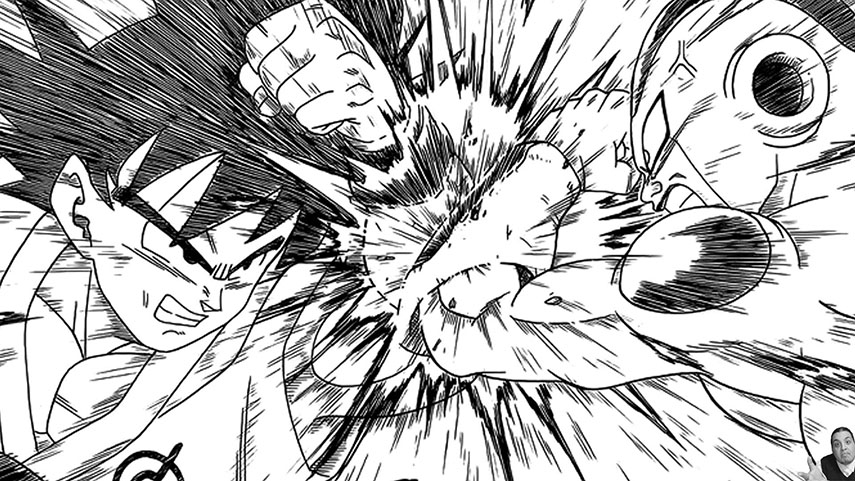
Manga in US-Occupied Japan
Following World War II, Japan found itself under the occupation of the United States. This was an important event in the development of manga. The Americans brought their own comics and cartoons, such as Disney works, Mickey Mouse, Betty Boop and Bambi, to the country, thus leaving a great impression on the manga-ka to be. The Japanese artists subsequently gave life to their own style, primarily within newspapers and magazines which sought readership, and these then evolved into dedicated weekly and monthly comic magazines which carried a collection of about 10 or 20 series instalments per edition. Among the first and to date most successful manga artists, there were Osamu Tezuka[3], who created the famous Astro Boy, as well as Machiko Hasegawa, with his Sazae-san. Tezuka, known as the God of Manga and Godfather of Anime, invented the distinctive large eyes prominent in both fields. Astro Boy, for instance, embodies the aesthetic and as such it quickly became - and remained - immensely beloved in Japan and elsewhere. On the other hand, the anime adaptation of Hasegawa’s Sazae-san drew more viewers than any other anime on Japanese television, in 2011.
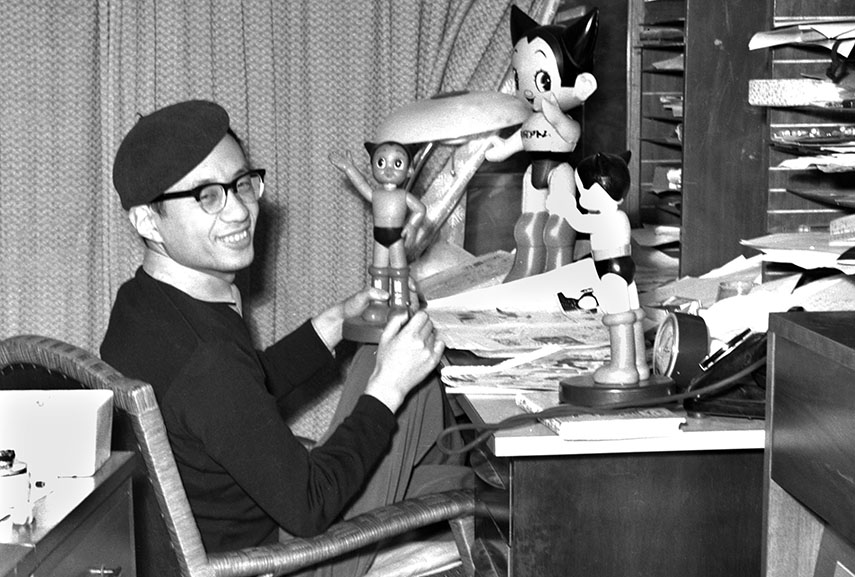
Types of Manga Comics - Characteristics and Influence
In the Post-occupational years, particularly between 1950 and 1969, an increasingly large readership for manga was established, leading to the division into two main marketing genres - shōnen, aimed at boys, and shōjo, dedicated to girls. In shōnen, one can find comics that were sub-divided according to age: boys up to 18 years old, young men 18 to 30 years old, known as seinen, and adult, grown men, referred to as seijin manga. Charged with action, adventure, fighting of all kinds, as well as sports, technology, romance and sometimes sexuality, these involved one or more male protagonists and helped create the concept of heroes. Shōjo, the “female” comics, were essentially the same way, while their topics and core audience were, of course, female. Thus, we have sub-categories like redisu, redikomi and josei, and themes like romance, superheroines, relationships from a female point of view, historical drama and others. In 1969, a famous group of female manga artists, known as the Year 24 Group, created a significant number of comics, signed by famous names like Moto Hagio, Riyoko Ikeda, Yumiko Ōshima, Keiko Takemiya, and Ryoko Yamagishi[4].
Among other popular Japanese manga genres, we have Yōji, for children aged 1-4, followed by Kodomo (or Jidō), for kids just learning to read, Shōnen-ai (Yaoi), featuring romantic relationship between two male characters and Shōjo-ai (Yuri), describing the love of two female characters. Of course, one of the most prominent types is hentai, with hardcore sexual content. Taking its name from the Japanese words “hentai seiyoku”, meaning “a perverse sexual desire”, these manga depict exactly that, bizarre acts. Although it was not originally a genre of manga, the term was adopted by the English-speaking, which now use it to describe a genre of anime and manga pornography. Some also consider it to be a part of the Japanese erotic art.

Why are Manga so Popular?
Found in comic books, monthly magazines or graphic novels, manga have something for everyone, as we could have seen from the number of genres. People of all ages spend billions of dollars on the comics every year so they could enjoy often complex plots with emotional depth. The lengthy series, which can run from two volumes to as many as twenty, are meant to keep the readers’ attention and make them want to come back for more, which they have been doing successfully for decades. People in Japan and in many other countries as well, seem to be mesmerized by the distinct look of manga, the overt display of emotions that are often ridiculously exaggerated, the clean lines done in pen and ink, in style of the Japanese calligraphy and painting. At a young age, children are being given manga for both entertainment and education, and by habit they keep on reading comics from designated categories as they grow up as well. In a way, what is manga at its essence helps shape them as human beings and influence their characters, through clever and well-designed stories on business, politics, history, relationships and life in general, stories that very often carry spiritual or philosophical messages[4].
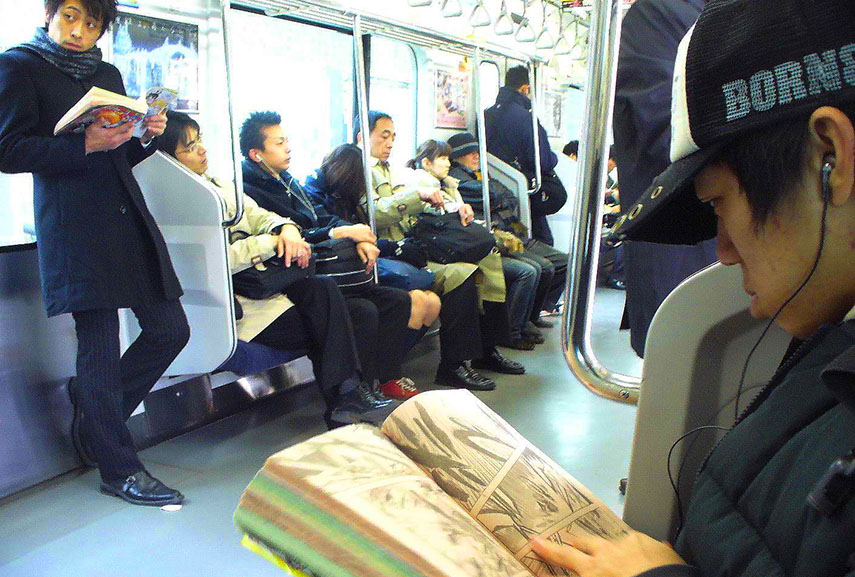
The Most Famous Japanese Manga
Japanese Manga comics are continuously breaking records of the number of copies that are being sold. When manga started to be famous in other countries apart from Japan, it became a major part of the Japanese publishing industry. While the most popular manga can be determined by the number of copies sold, there are also older examples of comics, particularly those created in the years after the Second Great War that are still renowned as the most iconic examples of the famous Japanese comic. Every fan has its own favorite, that’s for sure – someone prefers those dealing with romance, others prefer sports or business and commerce; everything is up to a reader. But, this list mixes those ones who are most wanted on the market and the ones that are widely recognized as the most iconic ones.

Astro Boy
Astro Boy is famous manga series written and illustrated by Osamu Tezuka, and it was published between 1952 and 1968. It’s also known as Mighty Atom. Astro Boy is a science fiction comic set in a futuristic planet where Robots co-exist with humans. The manga has sold approximately 100 million copies, and many anime series and video games were created inspired by the original Astro Boy.

One Piece
One of the best known shonen manga is One Piece. Shonen manga is manga aimed at a young male audience (particularly for boys between 8 and 18). It follows the adventures of Monkey D. Luffy, a young man whose body gained the properties of rubber after unintentionally eating a Devil Fruit. It is written by Eiichiro Oda and the first volume came out in 1997, and it’s still being published. In 2016, the manga has 380 million copies printed worldwide, making it the best-selling manga series in history.
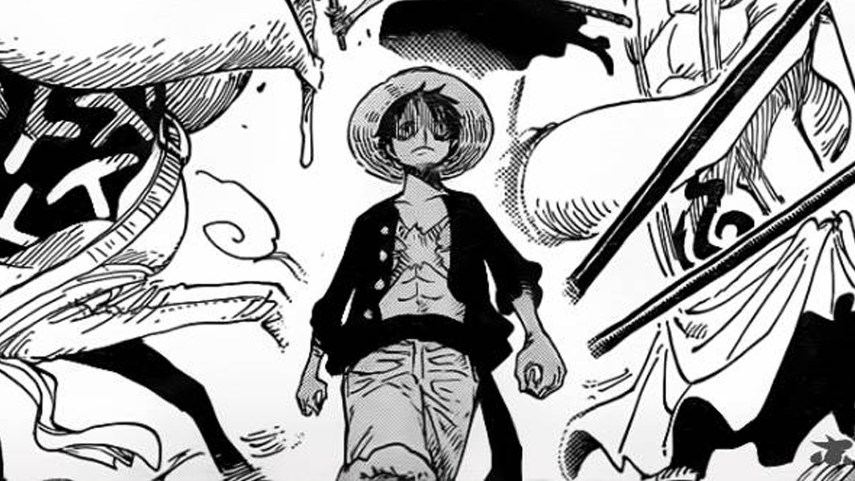
Golgo 13
Golgo 13 is the second top-selling manga series in history, and it’s also the oldest manga still in publication. The first edition came out in 1968 and it was created by Takao Saito. Golgo is a professional assassin whose identity is unknown. He accepts many different assassination jobs from anyone who can afford his services. The name of the main hero – Golgo 13 – is a reference to the death of Jesus Christ (Golgo is short for Golgotha, while number 13 is considered an unlucky number because there were thirteen participants at Jesus' Last Supper before his execution).

Dragon Ball
Dragon Ball is a Japanese manga series, written and illustrated by Akira Toriyama. The main character is Son Goku, who trains martial arts and explores the planet in search of the seven orbs known as the Dragon Balls. Manga follows Son Goku’s adventures from his childhood through adulthood. There were 42 volumes of the comic, and it had been published between 1984 and 1995.

Naruto
Naruto is a Japanese manga series that tells the story of Naruto Uzumaki, an adolescent ninja who constantly searches for recognition and dreams to become the Hokage, the ninja in his village who is acknowledged as the leader and the strongest of all. The series is written and illustrated by Masashi Kishimoto. The first volume came out in 1997 and a vast number of video games were developed based on Naruto manga.
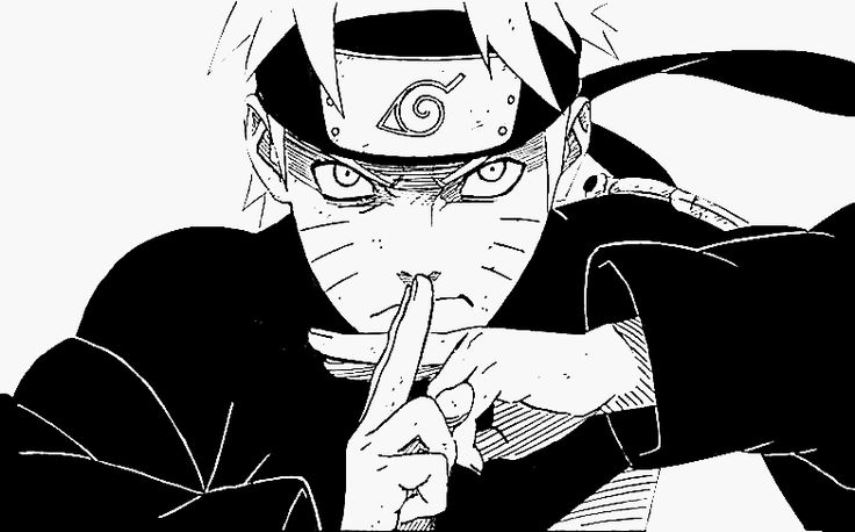
Black Jack
Black Jack is a Japanese manga written and illustrated by Osamu Tezuka in the 1970s, dealing with the medical adventures of the title character, doctor Black Jack. The manga consists of short, self-contained stories that are typically about 20 pages long. The main character presents himself as a medical mercenary, selling his skills to whoever will pay his price, while his odd appearance comes from a childhood incident, in which both he and his mother were injured in an explosion.

Kochikame
Kochira Katsushika-ku Kameari Kōen Mae Hashutsujo, often called simply Kochikame is one of the most beloved manga in Japan. It’s a comedy manga series written and illustrated by Osamu Akimoto. It takes place in the present day, in and around a neighborhood police station in downtown Tokyo, and revolves around the misadventures of middle-aged policeman Kankichi Ryotsu. It was continuously serialized in Weekly Shōnen Jump for 40 years, from September 1976 to September 2016. The series was awarded a Guinness World Record for Most volumes published for a single manga series.

Oishinbo
Oishinbo is a portmanteau of the Japanese word for delicious, oishii, and the word for someone who loves to eat, kuishinbo. It is a cooking manga written by Tetsu Kariya and drawn by Akira Hanasaki. The series is about the adventures of culinary journalist Shirō Yamaoka and his partner Yūko Kurita. It used to be a top-seller in the period when it was being published (between 1983 and 2008). However, from 2009, Oishinbo has been printed again. More than 100 million copies have been sold so far.
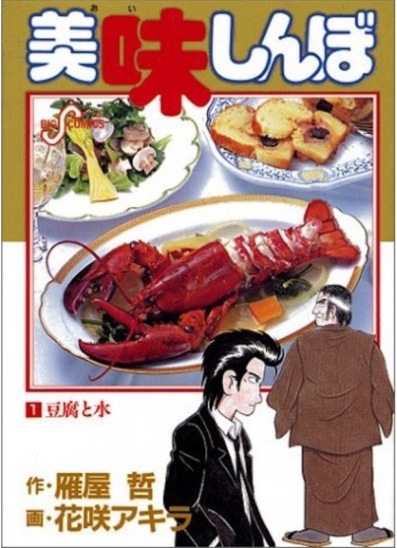
Slam Dunk
Certainly, the most popular sports-theme manga, Slam Dunk series is written and illustrated by Takehiko Inoue. It is about a basketball team from Shōhoku High School. As of 2012, Slam Dunk had sold 120 million copies in Japan alone, making it one of the top-selling manga series in history. Hanamichi Sakuragi is one of the main characters of the manga, a delinquent and leader of the gang.

Case Closed
Case Closed in an ongoing Japanese detective manga series written and illustrated by Gosho Aoyama. It was originally known as Detective Conan. The first volume was printed in 1994, and the story follows Jimmy Kudo, who is a high school detective who sometimes works with the police to solve cases.
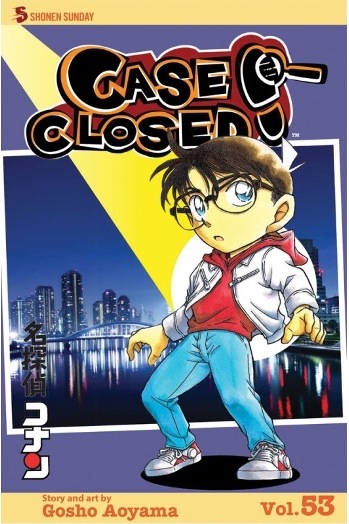
The Mainstay of the Japanese Culture and Economy
For more than 60 years, manga has been a major part of the Japanese cultural identity. Accounting for over 25 percent of all printed materials in the country, it represents a significant share in Japan’s publishing industry[6]. As it offers something for everyone, manga fans range from small children to senior citizens. Nearly every aspect of Japanese pop culture production can be traced to the industrial complex of manga, as the most famous manga has a far-reaching influence and quickly turns into books, television shows, anime, collectible figures, and video games. For a long time, manga has served as a cultural pillar of Japan’s economy. It transcended cultural barriers and made an important and lasting impression on audiences across the globe, becoming Japan’s most popular cultural export. Having a solid fan base and fuelling further interest in the Japanese culture, manga helped the country become one of the planet’s largest exporters of cultural products. For that reason, it has become a mainstay of the Japanese economy and culture.
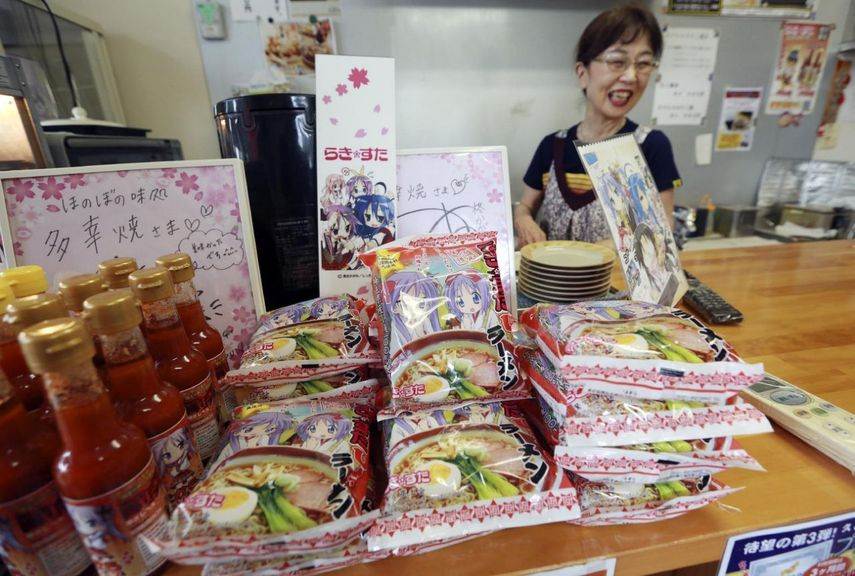
The Worldwide Expansion of Manga
Since the late 1980s, Japanese manga has taken the world by storm. The influence of manga on the comics market has increased significantly in the last two decades, but it had also had an aesthetic effect on comic artists around the globe. Due to the current global development of manga and anime, cultural scholars are suggesting that Japan could be considered as another center of globalization. The influence of manga in the Southeast Asian societies can be ascribed to cultural proximity, but the penetration of manga in Europe and North America is interesting to study.[7]
Since written Japanese fiction usually flows from right to left, manga stories are also published to flow from top to bottom and from right to left. While some of the foreign publishers keep this format, the majority mirrors the pages horizontally before printing the translation. In this process known as “flipping”, it is very important to carefully adapt the translation to the flipped artwork so that it follows an image. At first, many manga creators such as Akira Toriyama did not approve of the modification of their work in this way. Still, due to the market expansion and fan demand, the right-to-left formatting has become commonplace abroad.

Manga in Europe
European market opened its doors for manga during the 1970s. With a rich comic culture of their own, countries like France, Germany, Spain, Netherlands and Italy have been relatively open to outside cultural influences. The biggest European manga market is definitely France, having a share of 50% in the continent’s manga market and with manga comics representing 40% of all the comics being published in the country. The country has a particularly strong and diverse manga market, publishing many manga genres such as the adult-oriented drama, experimental and avant-garde works that are not that famous outside Japan. This French manga love affair has started during the late 1970s with the production of French-Japanese series such as Ulysses 31, Jayce and the Wheeled Warriors or Mysterious Cities of Gold. Since the 1990s, anime broadcasting mostly exploited genres such as shōnen, shōjo and seinen and paper versions of these series followed naturally. Ever since Akira, the first manga published in France, the genre has become very popular to a wide readership. Some of the most wanted manga comics published in French include Hiroyuki Okiura's Jin-Roh, Hayao Miyazaki's Princess Mononoke and the notorious Shin Angel by U-Jin, but there are also many animated ones such as Naruto, Initial D, Great Teacher Onizuka and Blue Gender or Gunslinger Girl. Recently, the new movement called “la nouvelle manga” emerged. It was started by Frederic Boilet who combined French and Japanese comics tradition into his works.[8]

Manga in North America
When it comes to regions with strong Asian communities such as Hawaii, the west coast of the US, Vancouver and Toronto, manga has been dispersed through Asian immigrants. But generally, the American market is less tolerant to foreign cultural products, which are almost impossible to penetrate the market without alterations to suit local tastes. The favor for manga has blossomed rather recently. Following the success of works presented by the translator and writer Frederik Schodt, publishers such as Viz Media were founded in the 1980s. Despite the initial success of comics like Akira or Pokemon: The Electric Tale of Pikachu, the speculator bubble burst after the 1990s. In 2002, the publisher Tokyopop started publishing the genre in book format, advertising it as authentic manga. Comics like Naruto or Dragon Ball became an instant hit with teenagers and kids. Despite digitalization, print volumes of manga are a constant in bookstores, comic shops, and libraries. Yet, the general public and critical press still think of manga as something separate from comics. Since manga was originally created with Japanese consumers in mind, its adaptation for North American ones needs extra work in terms of translation, editing, graphic production work and so on. Also, the American public often ignores the diversity of the genre and reduces it to a single one, perceiving it as something for boys, with a lot of power-ups, many yelling and punching.[9] Many US comic artists have drawn comics and cartoons influenced by manga. By the 21st century, several US publishers have started producing works by local artists under this broad marketing label.
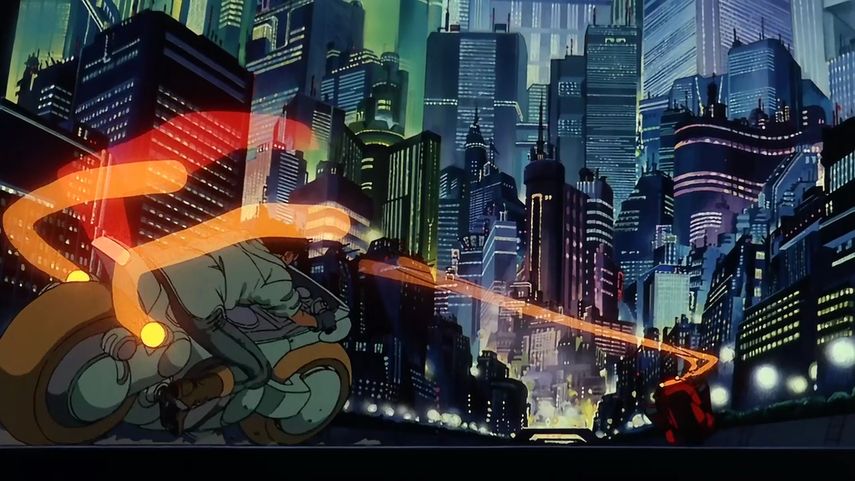
A Threat to the Industry
In recent years, the industry has been suffering acutely due to the piracy. Affecting all media everywhere, Internet piracy is particularly endemic to manga. Many faithful fans started learning Japanese online, acquiring original publications, and then scanned, translated, edited and uploaded them online. With scanlations appearing sometimes mere hours after a new chapter is released in Japan, the practice is striking at the heart of manga and threatening its very existence. This is making it increasingly difficult for manga artists, or mangaka, to earn a living from their work.
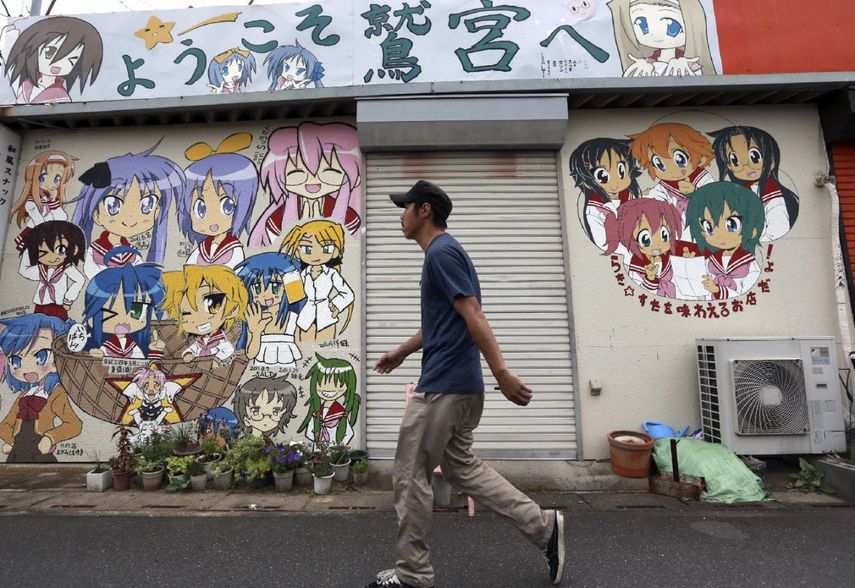
The Latest Trends
Despite a beating that the manga market has suffered in the last decade, it has recently witnessed a revival and a steady expansion. The newest and the fastest-growing new market is India, with the explosive growth of conventions and fans that are passionate and even frantic. In an attempt to boost tourism, the newly formed Japan Anime Tourism Association will compile a travel route of relevant animation spots all over Japan to encourage visitors to seek out everyday places where famous "manga" characters are depicted. Given the popularity and volume of manga comics in the country, there are tens of thousands of such landmarks. Yet, the project will make an official list of 88 “sacred spots” for any fan’s animation pilgrimage.[10]
Some of the most beloved manga comics published in 2016 include Fruits Basket, Princess Jellyfish, Planetes, Inuyashiki, A Silent Voice or Your Lie in April. Recently, the growth of streaming anime has been a pipeline of video content, rising the popularity of manga and supporting its sales. Meanwhile, the love for all-things-manga has been catered in various ways in Japan. All over the country, there are countless manga kissaten, or manga cafés that accommodate customers wanting to relax with a comic book. There are over 1,000 such cafés nationwide, and their manga collections are often greater than most libraries. Additionally, there are numerous museums, cosplay makeovers, and various entertainment facilities dedicated exclusively to manga.
When it first reached non-Asian markets, it had a reputation of vulgarity, violence, and bad drawing. The international crowd disliked it as it seemed foreign to the Japanese traditional culture comprised of samurais, Confucian morality, Zen gardens or ikebanas. But what is manga today, emerged as a by-product of the phenomenon of forcing elitism upon the national culture, the so-called high culture that yet always coexisted with unbridled, and rebellious popular cultures of Japanese peasantry and townspeople who did not bother about morality and good taste. On the other hand, there is the growing acceptance of all kinds of geek culture, of which manga and anime are just one part. The genre is making its way into the accepted mainstream and not looked down upon any longer. Since the domination of American cultural products has been constant for several decades, the popularity of manga and anime can be seen as a good sign that the world is developing more balanced and tolerant practices. Currently, Japanese cultural products are the only major alternative to the American cultural hegemony.
Written by Angie Kordic, Lorenzo Pereira and Elena Martinique.
Editors’ Tip: A Brief History of Manga
Covering topics from Akira to Mazinger Z, this book is fully illustrated throughout, and photos of key creators accompany accessible sidebars and timelines. The text is chronological, telling the story of Manga from its early-20th-century origins to its global dominance. Timelines relate key publications to events in Japanese and history in general, and frequent sidebars give short biographies of key creative figures. Answering the key questions of any fan – where did my favorite manga come from, and what should I read next? – this book will open doors to neophytes and experts alike. Fans of manga and anime will discover the stories behind their favorite manga creator, be inspired by the history of the medium and its genre, and find new manga to read and fall in love with.
References:
- Matsutani, M. (2009), ‘Manga’: heart of pop culture, Japan Times [September 21, 2016]
- Gravett, P., Manga: Sixty Years of Japanese Comics, HarperDes, 2004
- Schodt, Frederik L., The Astro Boy Essays: Osamu Tezuka, Mighty Atom, and the Manga/Anime Revolution, Stone Bridge Press 2007
- Koyama-Richard, B., One Thousand Years of Manga, Flammarion 2014
- Izawa, E. (1995), What are Manga and Anime?, Massachusetts Institute of Technology [September 21, 2016]
- Asher, J. Sola Y. (2011), The Manga phenomenon, WIPO Magazine [September 21, 2016]
- Wong, W. S., The Presence of Manga in Europe and North America, RTHK [September 21, 2016]
- Speelman, T. (2014), Manga Is Still Hugely Popular, So Why Don’t We Talk About It More?, Comic Alliance [September 21, 2016]
- Anonymous (2014), Manga-mania in France, Anime News Network [September 21, 2016]
- Kageyama, Y. (2016) Japan naming 88 manga, animation landmarks to boost tourism, AP [September 21, 2016]
Featured image: Naruto, via amazon. In Slider: Pokemon, via forbes.com; Pokemon, via screenrant.com; Princess Mononoke San Akitasha, via myanimelist.net; Golgo 13, via alphacoders.com; Doraemon, via variety.com; Astro boy (Tetsuwan atom), Image via mangareader.net; Akira, via forbes.com. All images used for illustrative purposes only.
Can We Help?
Have a question or a technical issue? Want to learn more about our services to art dealers? Let us know and you'll hear from us within the next 24 hours.

